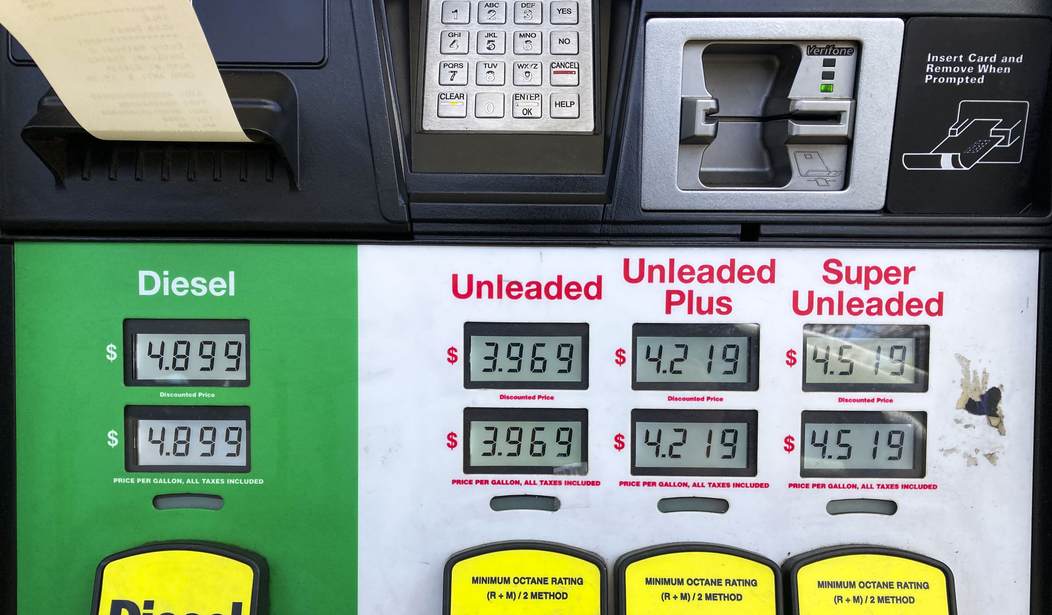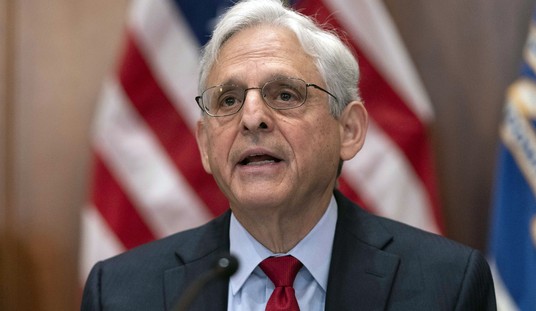Congress and the Biden administration seem unaware that rising interest rates are about as "transitory" as they told us inflation would be -- meaning, likely to be around for quite a while. Why does this matter? Ask someone who's been enticed by a mortgage with a variable interest rate that starts low and then rises quickly when conditions change.
Over the past month, yields on 10-year notes have risen sharply to 4.8%, well above the prevailing rate over the past 16 years. Meanwhile, two-year Treasuries are paying a 5.2% yield, and three-month Treasury bills are paying 5.5% -- much higher than the rates projected by the Congressional Budget Office (CBO) in February. For this quarter, CBO assumed a ten-year yield of 3.9%, currently 4.7%.
Interest-rate increases might not worry those who have locked in low mortgage or car loan rates or have wisely invested in government bonds. But the hikes will be painful for the federal government, which has done a lot of short-term borrowing.
Most households have been wise to protect themselves from fluctuating interest rates. The Wall Street Journal reported in July that, according to Moody's Analytics, "only 11% of outstanding household debt carried rates that fluctuated with benchmark interest rates." Americans learned the risk of variable rates during the last recession. The government didn't.
The latest Treasury data show that the average maturity of U.S. government debt is only 73 months. One-third of this debt has a year or less maturity, and 53% has a maturity of three years or less. That means that half must be rolled over on a very short-term basis (meaning paid back and borrowed once again) only to face higher rates. That's a big deal considering our growing $25.8 trillion debt.
If you follow such things, you know that the cost of servicing the debt swells as rates rise. The CBO's Monthly Budget Review highlights the problem's scale. It estimates paying $711 billion in net interest this fiscal year. If you add to this the Federal Reserve's FY2023 operating losses of $100 billion -- as Joint Economic Committee Chief Economist Chris Russo suggests we should -- you get around $810 billion. That's 3.1% of America's GDP, more than double the interest payments for the previous year.
Recommended
On average, current rates are about one percentage point above those assumed in the CBO's baseline. But what if that gap were to continue over the next ten years? In that case, debt would grow by an additional $2.8 trillion, on top of the $45.2 trillion the government will have accumulated by 2033.
Now, if higher debt with no real repayment plan has no other economic consequences than slower growth, greater risk of financial crisis, and less ability to respond to emergencies -- all of which are bad enough on their own -- then CBO projects that net interest will consume 23% of spending and roughly 40% of federal revenue by 2053.
Think hard about that.
What if interest payments alone (not including principal, tax, or insurance) on your house, car, and credit card made up 40% of your wages and a quarter of your spending? Forget about vacations, restaurants, and even adequate housing, food, and health care.
This scenario paints a picture of a government caught in a fiscal straitjacket. Now, imagine the hard choices our government will need to make between, for example, defense and social welfare.
But the reality is even more brutal. Academic studies find that each percentage-point increase in the debt-to-GDP ratio raises the real interest rate. In other words, higher rates lead to more debt, and more debt begets higher rates, and on and on. Further, it's utterly unrealistic to project that an increase in the debt from 97% to 181% of America's GDP will not fuel higher inflation.
Today, inflation has fallen but remains uncomfortably above the Fed's 2% target, and it's premature to declare victory. Indeed, if those rising interest payments are paid with more borrowing as opposed to spending cuts or tax hikes, as projected by CBO, it risks inflation again accelerating. That would require more rate hikes and launch us on a nasty path resembling the 1970s and 80s. The difference is that the debt was only 25% of GDP back then.
Get the picture? If Congress continues to refuse to cut spending, we could be in for even more serious pain than we're suffering today.
Veronique de Rugy is the George Gibbs Chair in Political Economy and a senior research fellow at the Mercatus Center at George Mason University. To find out more about Veronique de Rugy and read features by other Creators Syndicate writers and cartoonists, visit the Creators Syndicate webpage at www.creators.com.
























Join the conversation as a VIP Member